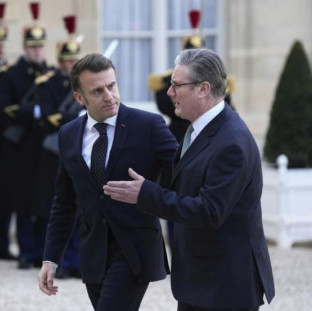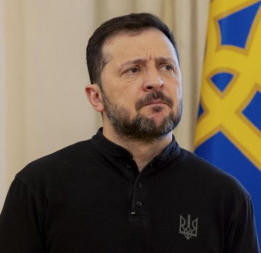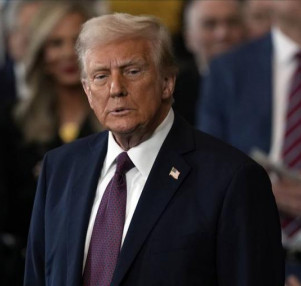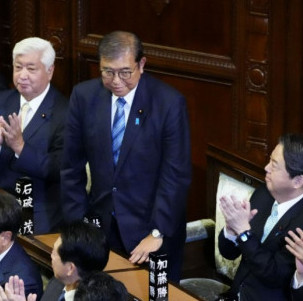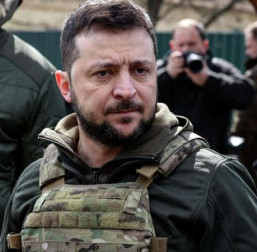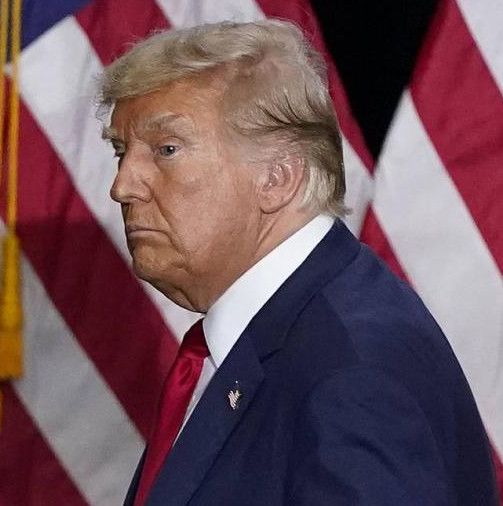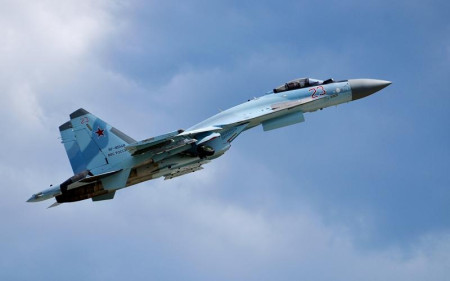
Scattered data suggest that the Iranian Air Force is about to embark upon mastering the Russian-made Su-35 4++ generation fighters that are gradually coming into service in the Islamic Republic. First allegations about the An-124 Ruslan plane delivering aeronautical production to Mehrabad International Airport was released by Iran’s news portal FtlasKhabar in January 2024. Back then, Iranian bloggers referred to the arrival of the Russian cargo plane as “Day of Dawn.”
In late April, the Ruslan performed another flight to the same airport with an unidentified cargo. However, chances are high that the Russians have started implementing their bilateral agreement with Iran to supply the Su-35 aircraft manufactured in Komsomolsk-on-Amur, local observers believe.
The Iranian military-political leadership’s first practical interest in acquiring Russian aircraft dates back to November last year during a visit to the aviation production complex in Komsomolsk-on-Amur by a delegation of Defense Ministry officials and members of the Islamic Revolutionary Guard Corps (IRGC). Around the same time, the final contract was presumably signed. Admittedly, the Iranian side had shown modest interest in Russian aircraft a year or two before. In summer 2022, provocative rumors appeared in the Arab press about a pair of combat training aircraft allegedly showing up at one of Iran’s air bases. There number of conspiracy theories was many, though all of them aimed to keep the true state of affairs secret.
However, things started becoming clearer after a statement by Iranian Air Force Commander Gen. Hassan Shah-Safi in November last year, when he said his country would not rush fences, insisting on an accelerated supply of Russian-made aircraft equipment. Tehran intended to purchase 160 planes from Moscow, including 67 Su-35 fighters, the fifth-generation Su-57s for its air force, and a batch of Mi-28MNE combat helicopters for the IRGC, he explained.
Notably, no aviation contract is limited to production sales alone but also includes a whole range of other equally significant agreements. Long-term ones, mind you. Deals of the kind provide for the training of flight and technical personnel by the contractor, supply of technical equipment and aviation weapons (ammunition), creation of a repair and restoration base, transfer of simulators and navigation equipment, and much more. This comprises the deployment of numerous Russian pilot instructors, aircraft technicians, manufacturer representatives, and other specialists at aircraft base sites.
Also, one has to bear in mind mentality peculiarities of the Iranians, who have certain justifiable mistrust of their partners as they had spent 40 years surviving harsh sanctions imposed by the collective West, with the latter looking for any single chance to deceive Iran and bring it under its power. Russia was no exception here, whose pro-Israeli sentiments froze the transfer of already paid S-300 air defense systems to Iran in 2008.
However, the international atmosphere has been rapidly changing: like Iran itself, Russia has found itself affected by several thousand economic and political sanctions. Its special military operation in Ukraine served sort of a trigger for unprecedented political, economic and military rapprochement between the two countries, which the collective West and Israel seriously beware.
Currently, the sides are exploring prospects for concluding a Comprehensive Agreement on Strategic Cooperation between Russia and Iran to include a whole range of economic, military and military-technical aspects. An interesting thing is that Iran, along with Russia and China, has become a full-fledged participant in joint naval exercises across the Indian Ocean, the Red and Mediterranean seas. An active exchange of military technologies is underway, as well as Iran’s political rapprochement with Russia, China and North Korea, with the latter experiencing the same decades-long US-European sanctions as its allies.
Russian-Iranian cooperation can hardly be overestimated: both need to comprehensively strengthen ties, the potential of which is yet to be unlocked to the fullest. The Persians are hardly rushing to the Russians with their arms open as they weigh every single step, testing the integrity of their partner’s attitude towards them and paying back in kind.
It is wrong to deem Iran as an economically underdeveloped or backward country. Suffice it to realize that it has all but single-handedly mastered the technology of creating nuclear shells. The Persians were pushed to do this by hostile policies of the United States and their ally Israel. Small wonder that the foreseeable future will probably see Iran conduct operational tests of an atomic bomb, as opposed to the Jewish state’s existing weapons of the kind.
No doubt that service introduction of Russian aircraft equipment by the Iranian Air Force and the IRGC will certainly help strengthen defense capabilities of the Persian state.
